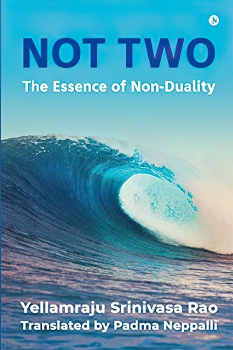Part – 1
The brihadAraNyaka Upanishad says:
यदा सर्वे प्रमुच्यन्ते कामा येऽस्य हृदि श्रिताः । अथ मर्त्योऽमृतो भवत्यत्र ब्रह्म समश्नुत इति । — 4.4.7, brihadAraNyaka.
Meaning: When all the desires that dwell in his heart (mind) are gone, then he, having been mortal, becomes immortal, and attains brahman in this very body. (Translation: Swami Madhavananada.]
Shankara clarifies at this mantra that “It is virtually implied that desires concerning things other than the Self fall under the category of ignorance, and are but forms of death. Therefore, on the cessation of death, the man of realization becomes immortal. And attains brahman, the identity with brahman, i.e. liberation, living in this very body. Hence liberation does not require such things as going to some other place.” (Translation: Swami Madhavananada.]
Further, Shankara observes at 4.4.6, brihadAraNaka that “Therefore, as we have also said, the cessation of ignorance alone is commonly called liberation, like the disappearance of the snake, for instance, from the rope when the erroneous notion about its existence has been dispelled.” Continue reading →

